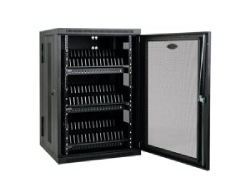Load Bank Docking Station
Load bank cables are electrical cables used to quickly and safely connect load banks to electrical systems in order to test and maintain backup power systems such as generators, uninterruptible power supplies (UPS), and batteries. Load banks provide a simulated (non-critical) load to the electrical system, allowing engineers to test the system’s performance and ensure it is functioning properly prior to connection of sensitive electrical loads.

The following factors should be considered when choosing load bank cables:
- Cable size: The cable size should be chosen based on the load bank’s power output and the electrical system’s requirements. The cable size should be large enough to handle the load bank’s maximum power output without overheating.
- Cable length: The cable length should be chosen based on the distance between the load bank and the electrical system, taking into account any obstacles that may be in the way.
- Cable insulation: The cable insulation should be chosen based on the environment in which the load bank will be used. The insulation should be able to withstand high temperatures, humidity, and exposure to the elements.
- Cable connectors: The cable connectors should be chosen based on the load bank’s and electrical system’s requirements. The connectors should be compatible with the load bank and the electrical system, and they should be durable and easy to use.
Universal Power can help you to determine the specific requirements for your load bank cables. Contact us for assistance, pricing, and lead times for all your critical power distribution needs.
